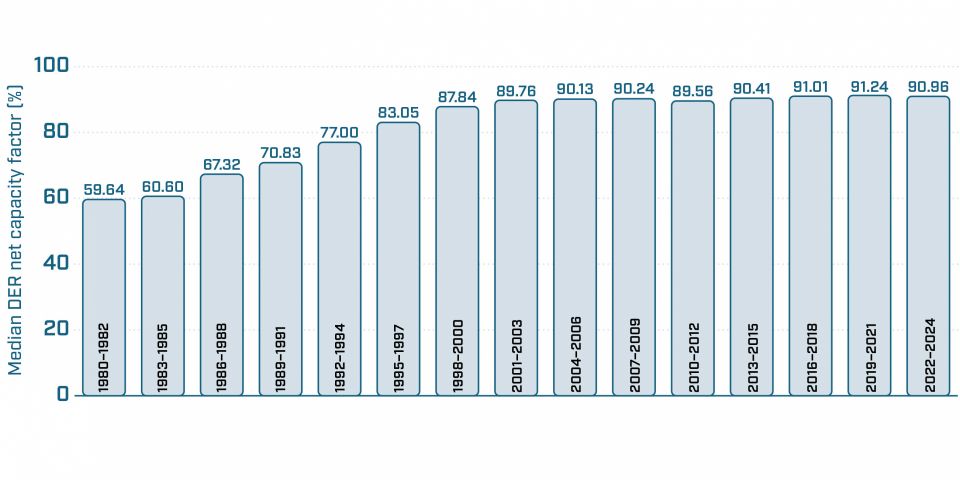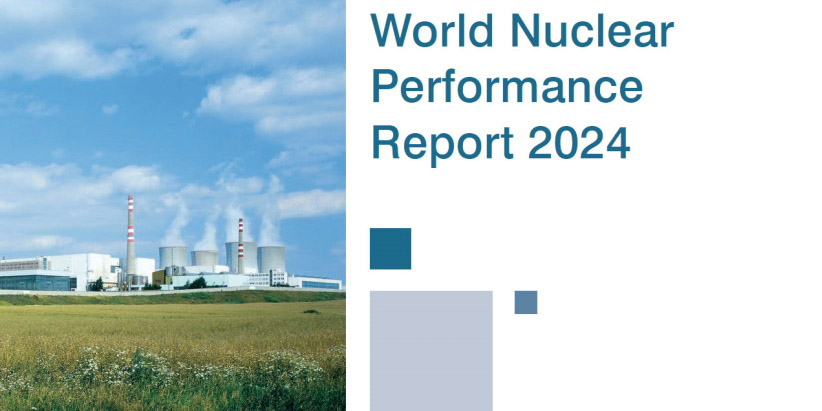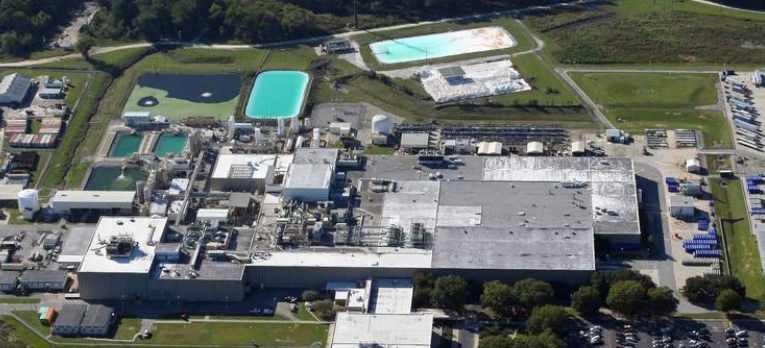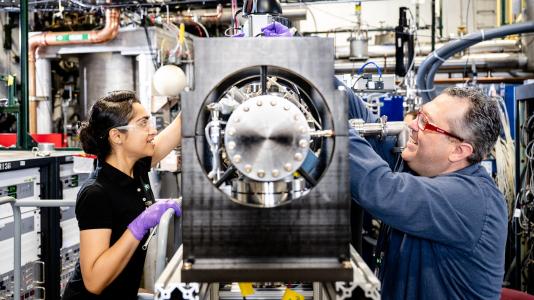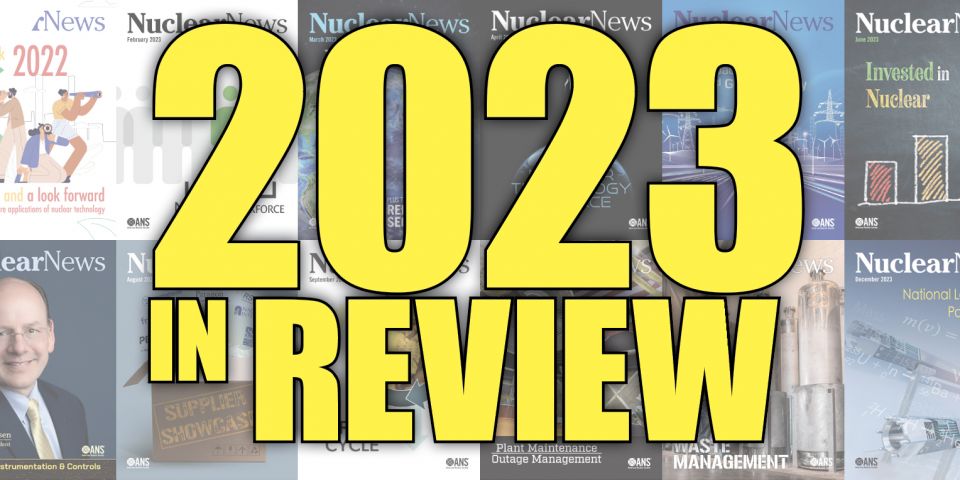Three scenarios: The WNA report presents three possible scenarios regarding nuclear fuel requirements. In the reference scenario, current government and utility targets and objectives are emphasized. In the lower scenario, delays in implementing current plans are assumed. In the upper scenario, the most favorable conditions are assumed in terms of achieving net-zero carbon targets and using nuclear energy to reach those targets.
Capacity and fuel: Based on the reference scenario, operable nuclear capacity will increase from the current 391 GWe to 686 GWe by 2040. This projected increase is 71 GWe greater than the WNA projection from 2021. The new lower scenario has nuclear capacity reaching 486 GWe by 2040, while the new upper scenario puts 2040 capacity at 931 GWe.
In the reference scenario, reactor requirements for uranium fuel are projected to increase from about 65,650 metric tons of uranium (MTU) today to about 130,000 MTU by 2040. In the lower scenario, uranium requirements rise to nearly 87,000 MTU by 2040; and in the upper scenario, to 184,300 MTU by that time.
Operating lives: This year's report incorporates longer planned operating lifetimes for the reactors of the existing fleet than did the 2021 edition. That change is based on the announced actions of some governments to allow certain existing reactors to operate for as long as 60 or 80 years. Such extended lifetimes, which may apply to more than 140 reactors around the world, have been prompted mainly by concerns over economic issues, emission reduction targets, and energy security.
The new report also gives more relevance to the potential roles of SMRs, microreactors, and other advanced reactor designs, in which governments and utilities have shown increased interest. In the upper scenario, SMRs contribute as much as 10 percent of large-scale nuclear capacity by 2040, although the lower scenario places this capacity at only 0.4 percent.
Investment in production: In terms of uranium production, the new report generally projects that secondary sources of uranium—such as civil stockpiles held by utilities and governments, military warheads, and recycled uranium—will have a gradually diminishing role in the world market. The secondary supply may decrease from as much as 14 percent today to as little as 4 percent by 2050. Thus, primary production of uranium fuels from mines, conversion plants, and enrichment plants will require additional investment.
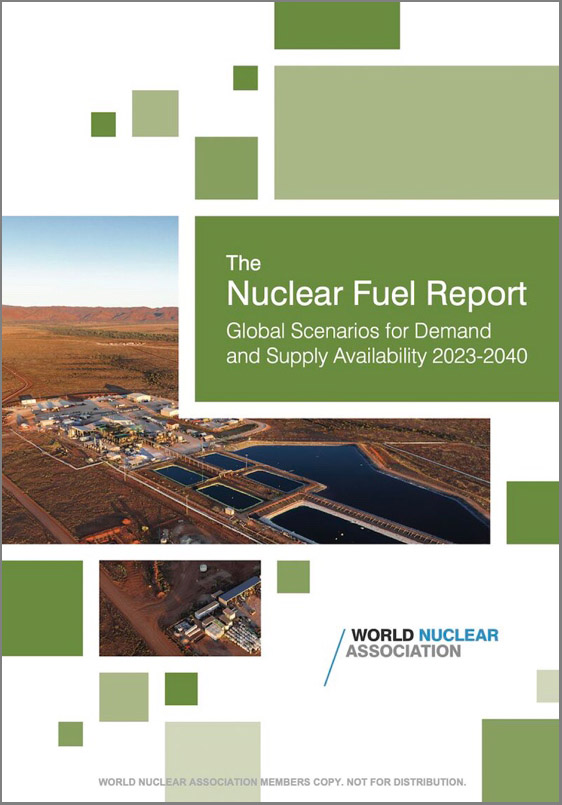 According to the World Nuclear Association’s newly released Nuclear Fuel Report: Global Scenarios for Demand and Supply Availability 2023–2040, there will be more of an increased demand than previously anticipated for nuclear fuel services and nuclear power capacity over the next several years. The report notes that the increased need for nuclear energy is associated with government efforts to decarbonize energy supplies and achieve energy security as well as growing interest in deploying new large nuclear reactors and small modular reactors (SMRs). The report is available to order now.
According to the World Nuclear Association’s newly released Nuclear Fuel Report: Global Scenarios for Demand and Supply Availability 2023–2040, there will be more of an increased demand than previously anticipated for nuclear fuel services and nuclear power capacity over the next several years. The report notes that the increased need for nuclear energy is associated with government efforts to decarbonize energy supplies and achieve energy security as well as growing interest in deploying new large nuclear reactors and small modular reactors (SMRs). The report is available to order now.



